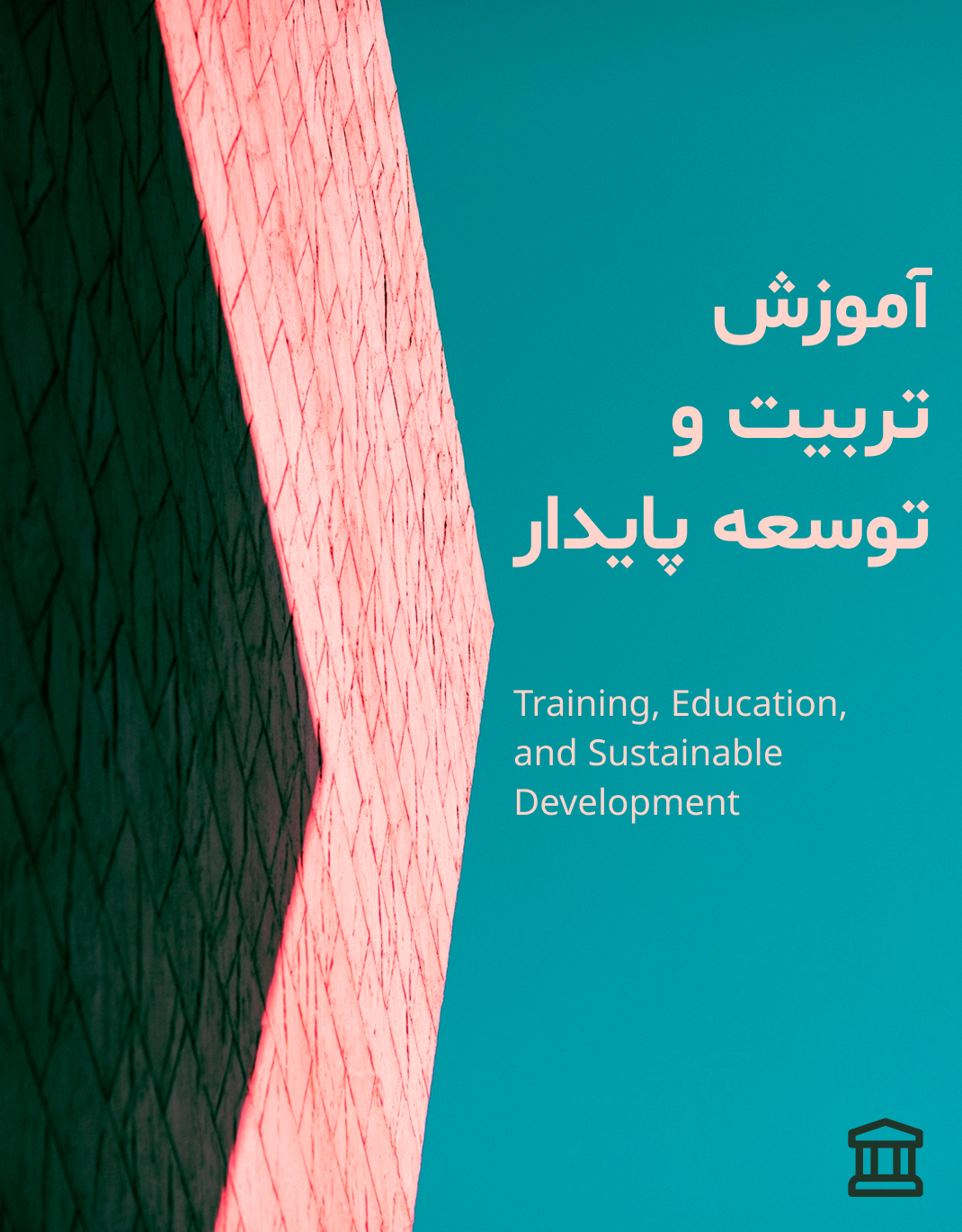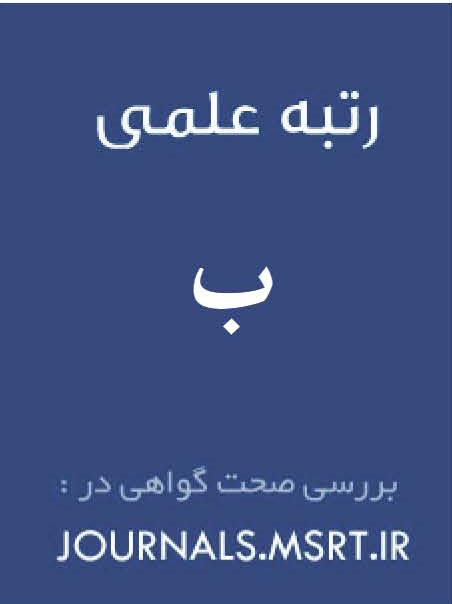Television Commercials and Components of Television Message Production in Sepah Bank: A Mixed-Method Study
Keywords:
Television advertising, television message production, honesty and fulfilling promises, customer awareness, customer persuasion, effective advertisingAbstract
The study aimed to design a model for producing effective advertising messages to enhance the efficiency of television advertising in the banking industry. This research employed a sequential mixed-method approach. In the qualitative phase, open and semi-structured interviews were conducted with Sepah Bank managers and academic experts in marketing and banking management until theoretical saturation was achieved with 20 participants. Data were coded and categorized using MAXQDA through open, axial, and selective coding. In the quantitative phase, 384 customers and visitors of Sepah Bank branches were selected using the Krejcie-Morgan table. Data were analyzed using SmartPLS, applying confirmatory factor analysis to assess reliability and validity. The qualitative analysis revealed four key dimensions: honesty and fulfillment of promises, customer awareness, customer persuasion, and identifying the most effective advertisements. Quantitative results confirmed significant positive effects of television advertising on all dimensions: customer awareness (3.324), honesty and fulfilling promises (11.663), customer persuasion (5.279), and determining the most effective advertising (6.303). All relationships were significant at the 0.05 level, indicating good model fit. Television advertisements of Sepah Bank most strongly influence honesty and transparency while showing relatively lower effects on direct customer persuasion. Emphasizing honesty, awareness-building, and content consistency in message design enhances audience trust and loyalty. The proposed model offers a strategic framework for improving advertising effectiveness in banking and strengthening customer engagement.
Downloads
References
Bakouee, A., Amini Rad, H., Monazzeh, A. R., & Dindar, M. (2024). Investigating the Impact of Customer Experience on Traditional and Electronic Word-of-Mouth (eWOM) in Sina Bank Branches of Mazandaran Province. 2nd International Conference on Applied Research in Humanities, Economics, Management, and Accounting, https://civilica.com/doc/1897024/
Chiebonam, O. C., Hamad, H. A., Pauline, O. I., Gabriella, O. O., Rita, G. E., Celestine, G. V., & Iwundu, I. E. (2023). Effectiveness of interactive television instruction in improving the business competence and income level of women smallholder okra farmers. Women's Studies International Forum, 98, 102702. https://doi.org/10.1016/j.wsif.2023.102702
Chudzian, J. (2014). Impact of advertising on behaviour of consumers of low and high level of consumption of dairy products. Acta Scientiarum Polonorum. Oeconomia, 13(4), 19-30. https://aspe.sggw.edu.pl/article/view/466
Farooq, Q., Shafique, N., Khurshid, M. M., & Ahmad, N. (2015). Impact of comic factor in TV ads on buying behaviour of university students. International Letters of Social and Humanistic Sciences, 49, 12-20. https://doi.org/10.18052/www.scipress.com/ILSHS.49.12
Hosseini, S. A. (2023). Investigating the Relationship Between Television Advertising and Customer Objectification. 11th International Conference on New Research in Psychology, Social Sciences, Educational Sciences, and Training, https://civilica.com/l/123713/
Javadinia, H. (2024). Analyzing the Effects of Commercial Advertising on Urban Landscape and Citizens' Quality of Life from an Urban Management Perspective. 5th International Conference on Educational Sciences, Counseling, Psychology, and Social Sciences, Hamadan, Iran. https://civilica.com/doc/2288892/
Karimi Mazraeh Shah, M., & Ghaffari, M. (2019). Analyzing Factors Influencing Television Advertising Effectiveness from the Customer's Viewpoint. 5th International Conference on Management Sciences and Accounting, Tehran, Iran. https://civilica.com/doc/911876/
Khorrami, M., & Khadivar, A. (2024). Designing a Model for Television Advertising Effectiveness with a System Dynamics Approach. Scientific Journal of Business Strategies, 20(21), 37-56. https://cs.shahed.ac.ir/article_4421.html?lang=en
Mehmood, A., & Ul Sabeeh, N. (2018). Influence of Banking Advertisement of Bank Customer Satisfaction: An Examination of Pakistani Bank Customers' Choice.
Mohebbi, M. (2024). Investigating the Extent of the Impact of Environmental Advertising on Improving Social Media Advertising Performance. 2nd International Conference on Art, Culture, and Media Studies, https://civilica.com/doc/2217330/
Prodan, S., & Dabija, D. C. (2023). Adapting the digital servuction model to Central Banks: case study: European Central Bank. Administrative Sciences, 13(10), 217. https://doi.org/10.3390/admsci13100217
Rahimi, M., Mahmoudi, A., Ghorbani, M. H., & Kousaripour, M. (2023). The Role of Ethical Values in Television Advertising of Sports Products on Customer Behavioral Intentions. Research in Physiology and Management in Sports, 15(3), 9-24. https://www.sportrc.ir/article_191097.html?lang=en
Saeidi, K., Farhangi, A. A., & Soltanifar, M. (2017). Television Advertising Effectiveness on Audiences of the Islamic Republic of Iran Broadcasting (Case Study: Bank Refah). Journal of Communication Research, 24(3), 61-91. https://cr.iribresearch.ir/article_28770.html?lang=en
Sama, R. (2019). Impact of Media Advertisements on Consumer Behaviour. Sagepub, 3(9), 55-77. https://www.researchgate.net/publication/331093806_Impact_of_Media_Advertisements_on_Consumer_Behaviour
Seifollahi, N., & Naghavi, S. A. (2023). Simulation of the Impact of Advertising on the Attraction of Medical Tourists with a Factor-Based Modeling Approach (Case Study: Hospitals in Yazd City). Hospital Quarterly, Official Organ of the Scientific Association for Hospital Management of Iran, 21(4, Serial 83), 57-66. https://jhosp.tums.ac.ir/article-1-6570-en.html
Shahriyan, M., Mattani, M., Fallah, A., & Bagherzadeh, M. R. (2024). Identifying Effective Factors on Evaluating Television Advertising Effectiveness (A Qualitative Approach). Geography Quarterly (Regional Planning), 14(2, Serial 55), 221-235. https://www.jgeoqeshm.ir/&url=http:/www.jgeoqeshm.ir/article_203850.html?lang=en
Sharma, D., & Meena, R. (2024). Impact of COVID-19 on TV advertisements: informational, transformational & narrative analyses of post-COVID-19 TV advertisements. Journal of Marketing Communications, 30(1), 21-48. https://doi.org/10.1080/13527266.2022.2098518
Soleimanpour, M., & Norouzi, R. (2024). Modeling the Factors Influencing the Induction of Meaning in Television Advertising Messages on Consumer Behavior. Journal of Consumer Behavior Studies, 11(2), 24-42. https://cbs.uok.ac.ir/article_63305.html?lang=en
Zamani, A., Rahimi Nik, A., & Ne'mati Zadeh, S. (2021). Presenting a Model of Effective Advertising Based on Social Networks with an Emphasis on Relationship Marketing. Iranian Political Sociology Monthly, 4(4, Serial 16), 1534-1552. https://jou.spsiran.ir/article_157627.html?lang=en
Zephaniah, C. (2020). Examining the effect of customers' perception of bank marketing communication on customer loyalty. Scientific African, 8(3), 55-77. https://doi.org/10.1016/j.sciaf.2020.e00383
Zia, N. (2016). The role of advertising in consumer buying decision in Pakistan. Singaporean Journal of Business Economics, and Management Studies, 5(4), 39-47. https://doi.org/10.12816/0031280
Downloads
Published
Submitted
Revised
Accepted
Issue
Section
License
Copyright (c) 2025 سیدمحمد افتخاری (نویسنده); رضا اسماعیلی; فرحناز مصطفوی کهنگی (نویسنده)

This work is licensed under a Creative Commons Attribution-NonCommercial 4.0 International License.

